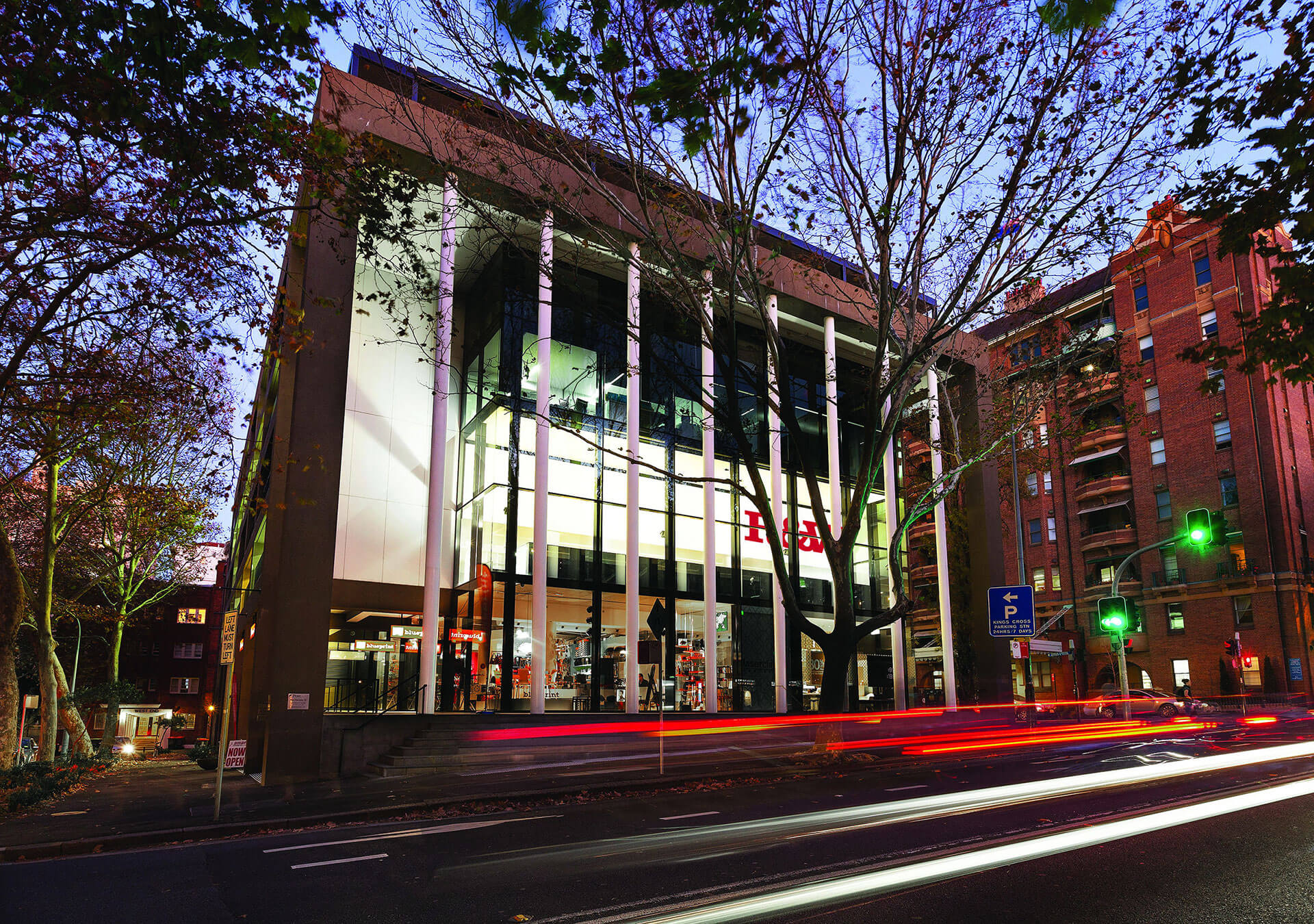TRESCO, Elizabeth Bay: The Genius Of The Place

Within the heart of the Elizabeth Bay Road loop is Tresco, an 1868 marine villa whose sandstone wall shrouds its historical mystique. It enjoys its dress-circle harbour location with its cascading gardens, a noble fig tree and a swimming pool set into the harbor and is a diamond in its setting.
Alexander Macleay’s 1865 sub-division was the first in the area, scissoring his Elizabeth Bay House estate into lots. The Tresco site, Lot number 97, was purchased by Thomas Rowe (1829-99), architect, and was built and then occupied by the Rowe family for four years (1872-76).
The Sydney Morning Herald of 9th December 1865, noted comments by the agents, Richardson and Wrench: “This is an unrivalled site with extensive frontage to the waters of Elizabeth Bay.”
Tresco was the first home built alongside the original Kincoppal, now demolished.
Tresco retains its original name and is the only home in the area on its original, one acre, complete site.
Thomas Rowe was more than an architect: he was a man of merit. A former cabinet maker and builder, he emigrated from Penzance, near the Isles of Scilly off the English Cornwall coast, which his mother’s descendants once governed, which included Tresco island. He arrived in 1848 and, after success on the gold fields, found he was just in time for Australia’s greatest building boom.
He designed the Great Synagogue, Newington School, Stanmore, St George’s church, Sydney CBD, The Royal Arcade (now demolished) and many Methodist churches.
He became a Sydney Councillor, the first Mayor of Manly, founder and a president of the Institute of Architects, reclaimed and designed Rushcutters Bay Park and was a Lieutenant-Colonel in the army engineer corps: he invented a new, labour-saving mechanical shovel.
Rowe Street, Sydney, is named after him.
He was also rich. But over-ambitious plans for a natatorium (an indoor health and pool complex) almost bankrupted him. He died, aged 69, after a cab accident. He also had a sense of humour, naming his sons Christopher Wren Rowe, Leonardo [da Vinci] Rowe, Tresco Rowe and Ruskin Rowe, after the famous English, Victorian-era writer, philosopher and architecture critic.
After Rowe on-sold Tresco it was leased y the new owner to various dignitaries including Henry Kater MLC, Philip Morton, MLA, James Macarthur-Onslow and Sir Kelso King. During this period the gardens were developed and a new east wing was added including servants’ outbuildings, all of which are still remain.
A Moreton Bay fig tree was planted.
In 1903 Tresco was purchased by the Crown for the Navy, who occupied the house for the next 94 years until 1997 with an armada of 45 Rear Admirals, 3 Commodores and 17 Captains in residence. A lavish banquet was held in 2007 by the current owners in their honour with former Rear Admirals present. During the Navy’s time important conservation works were undertaken while maintaining original, rich cedar fittings and 19th century paint finishes.
The fig tree was nurtured.
Today, Tresco is used as Thomas Rowe intended, a privately-owned home. Its well-proportioned interior rooms and cedar furnishings have been retained: the gardens, heritage wharf, and pool are carefully coiffured.
The statuesque the 120-year branches of the old fig tree support the children’s rope swing.
This fig tree is the oldest and largest known to be on private property.
The 18th century English poet, Alexander Pope’s phrase, ‘the genius of the place’ defines the nexus between a house and its natural landscape and setting: Build, to plant … In all, Let Nature never be forgot. Consult the Genius of the Place… “.
By Andrew Woodhouse
Heritage Solutions





